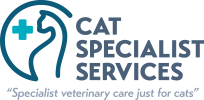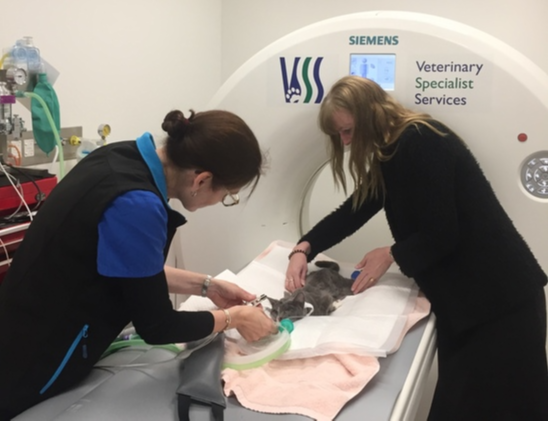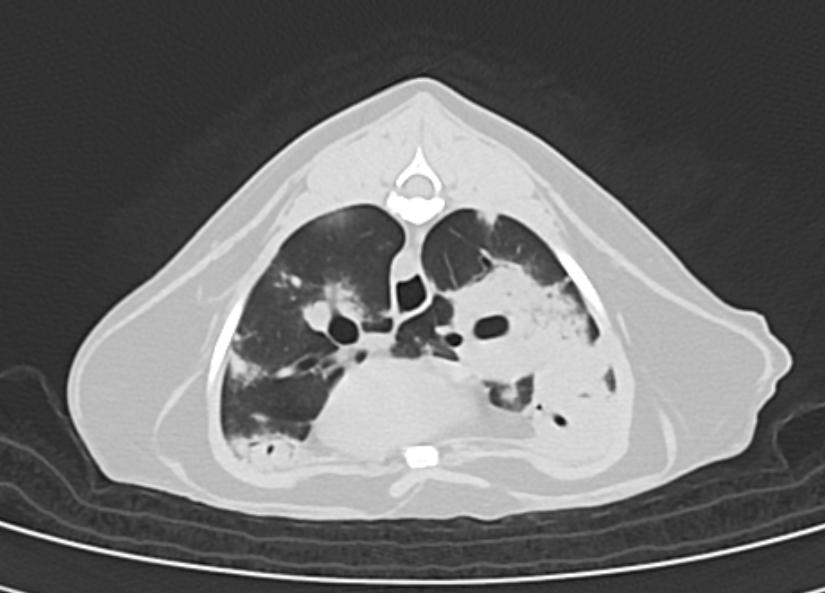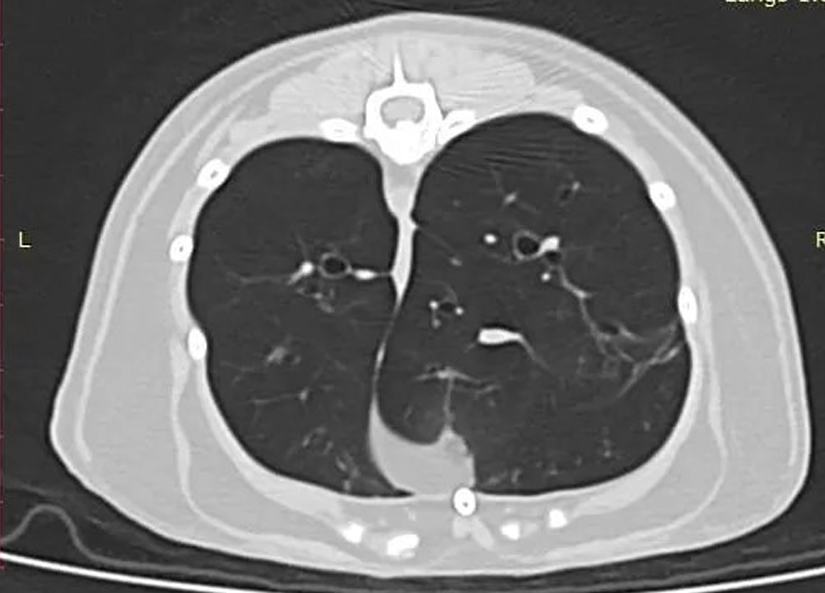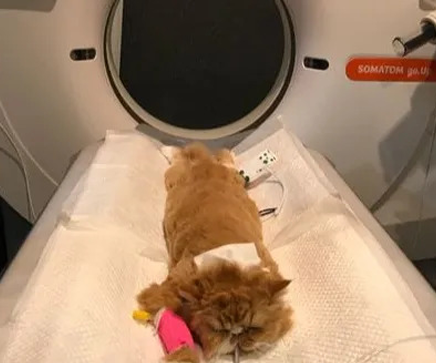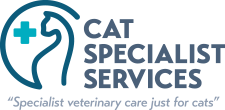CT is an advanced imaging tool that allows for incredible detailed studies of the nose, lungs, abdomen and musculoskeletal systems. It can also be used for evaluation of the brain and spinal cord, although typically high field MRI would be recommended for this (see below).
CT can be performed under anaesthesia or we may use a purpose built chamber that can be used to perform the CT without anaesthesia. CT performed without anaesthesia is only used in patients where anaesthesia poses a significant risk as the quality of the images may not be as good due to patient movement.
CT of the brain or spinal cord maybe recommended as CT scans are faster than MRI studies but they may not identify small abnormalities that would be seen with MRI.
